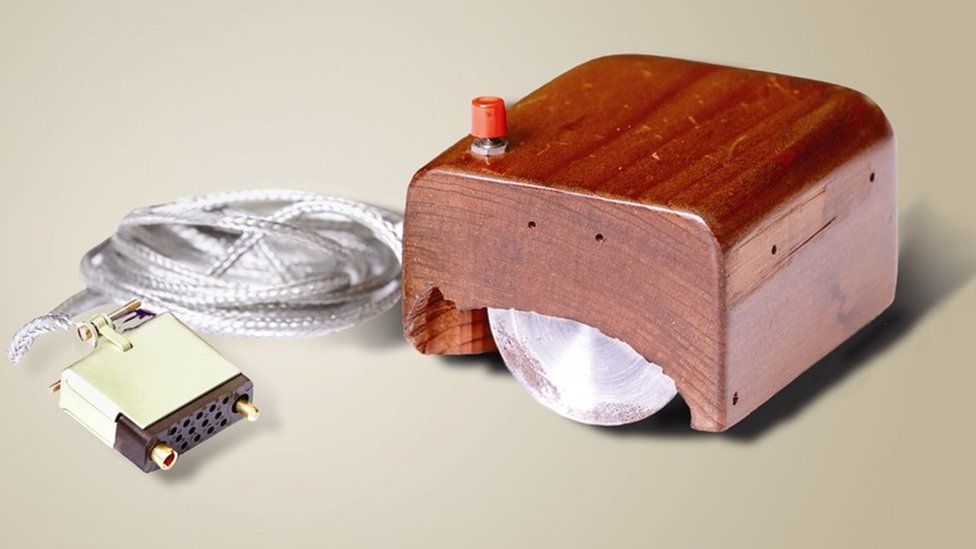Mouse 🐁
Mouse, a small hand-held device that controls a pointer on a computer screen, was invented by researchers at Stanford Research Institute in 1963.
American computer engineer Douglas Engelbart came up with the idea in 1961 while attending a conference talk about computer graphics and he started thinking about ways to make interactive computing more efficient. The first prototype, a simple wooden block with a single red button, was built by his colleague and fellow engineer Bill English.

Although Engelbart would call the invention the "X-Y position indicator for a display system" on the 1967 patent, in an earlier paper on computer-aided display control, it would be referred to as a mouse:
"Within comfortable reach of the user's right hand is a device called the "mouse" which we developed for evaluation (...) as a means for selecting those displayed text entities upon which the commands are to operate."
When asked who came up with the name, Engelbart said: "No one can remember. It just looked like a mouse with a tail, and we all called it that."
Source: Oxford English Dictionary | Computer-aided display control (1965) | Engelbart's patent
